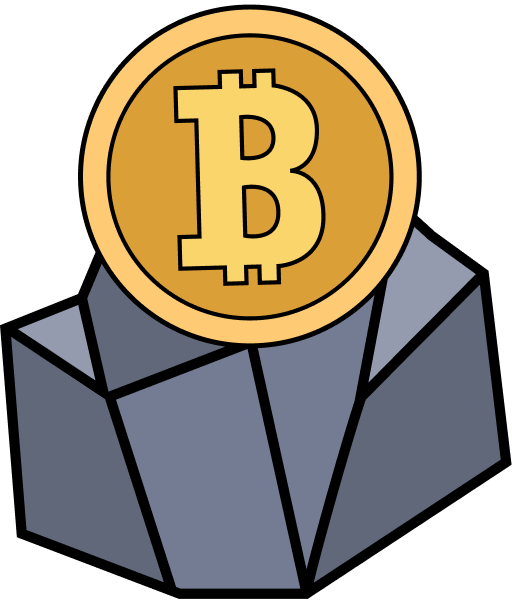BOINC
The Berkeley Open Infrastructure for Network Computing (BOINC) is a program that provides a Grid Network to all kinds of scientific computing projects. Projects use the program to distribute their work to partaking computers. If a user decides to contribute to a project, he downloads the specific application software of the project and then starts downloading the work from the project server. After evaluating and computing, the files are uploaded again. Depending on the project and user settings it takes several days for the researching computer to report the completed tasks. Upon reporting the server evaluates how much work has been done up to that point and rewards the account the computer is linked to with credits. However the credit is only claimed when a 2nd report is being sent to the server. If the results agree, the smaller credit is granted to the partaking account.
The running BOINC software consists of four parts. The BOINC client, which handles communication, the BOINC manager, which is the GUI, the screensaver and the application the current project is running on. For further reference see the BOINC Wiki.
BOINC has the great advantage that any standard computing resource can be measured and rewarded. Projects like radiation at home and quake catcher are good examples of how even special equipment and mobile phones can be used to create a distributed network of scientific equipment. BOINC is supported by the National Science Foundation.
BOINC Credits are granted as cobblestones a certain amount of BOINC work. Cobblestones are being measured as a 1/200 day fraction of CPU time on a reference computer that does 1,000 MFLOPS based on the Whetstone benchmark. Whetstone is a floating point operations benchmark. Since not only CPU flops, or computing operations can be measured it is likely that Network bandwidth and storage space will be added inf future to the credit system.
The aim of the Gridcoin project is to shift the computational power, which arose in other crypto-currencies, primarily to BOINC projects while the mining operations become a second priority – so as the network is scaled up, BOINC work is scaled up in tandem.
The coin miners will be rewarded with a small token subsidy if they fail to mine BOINC shares, but a much larger subsidy when mining with BOINC.














 Twitter
Twitter
 Telegram
Telegram
